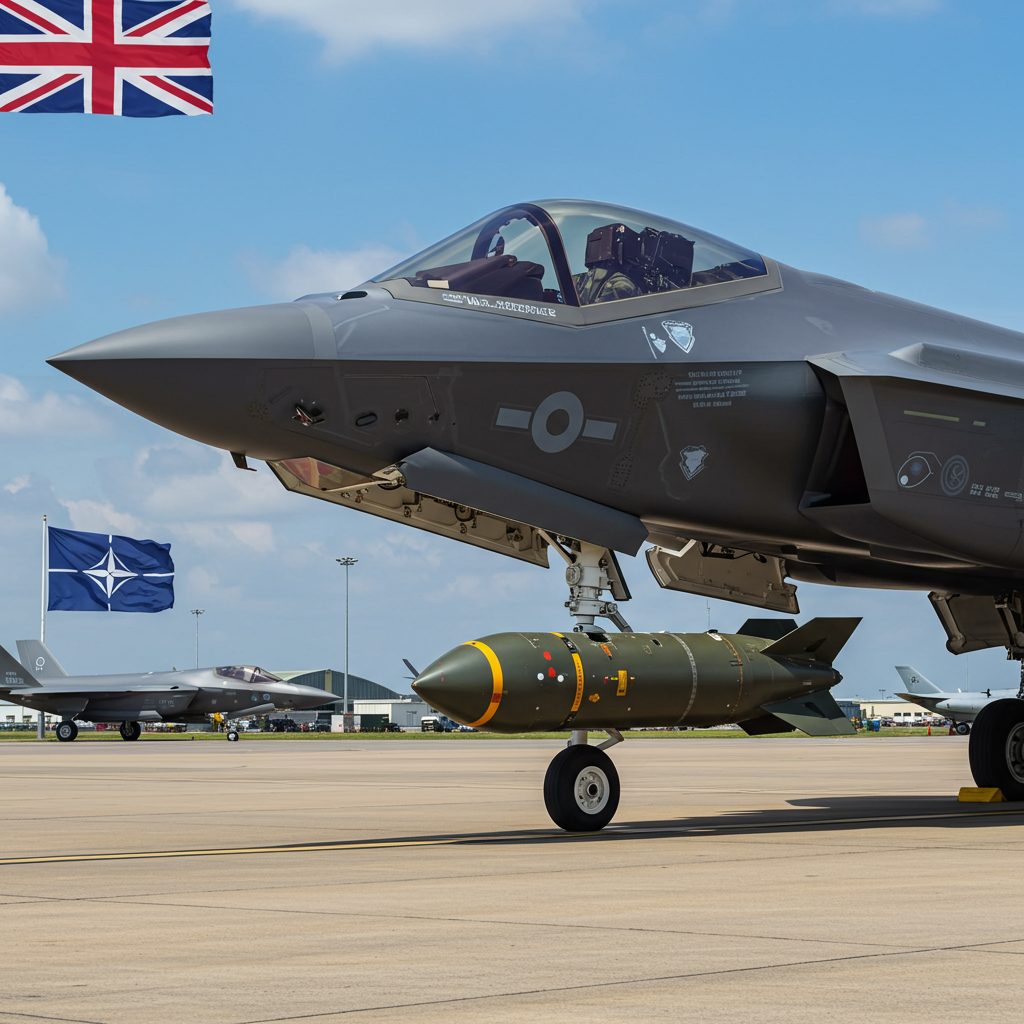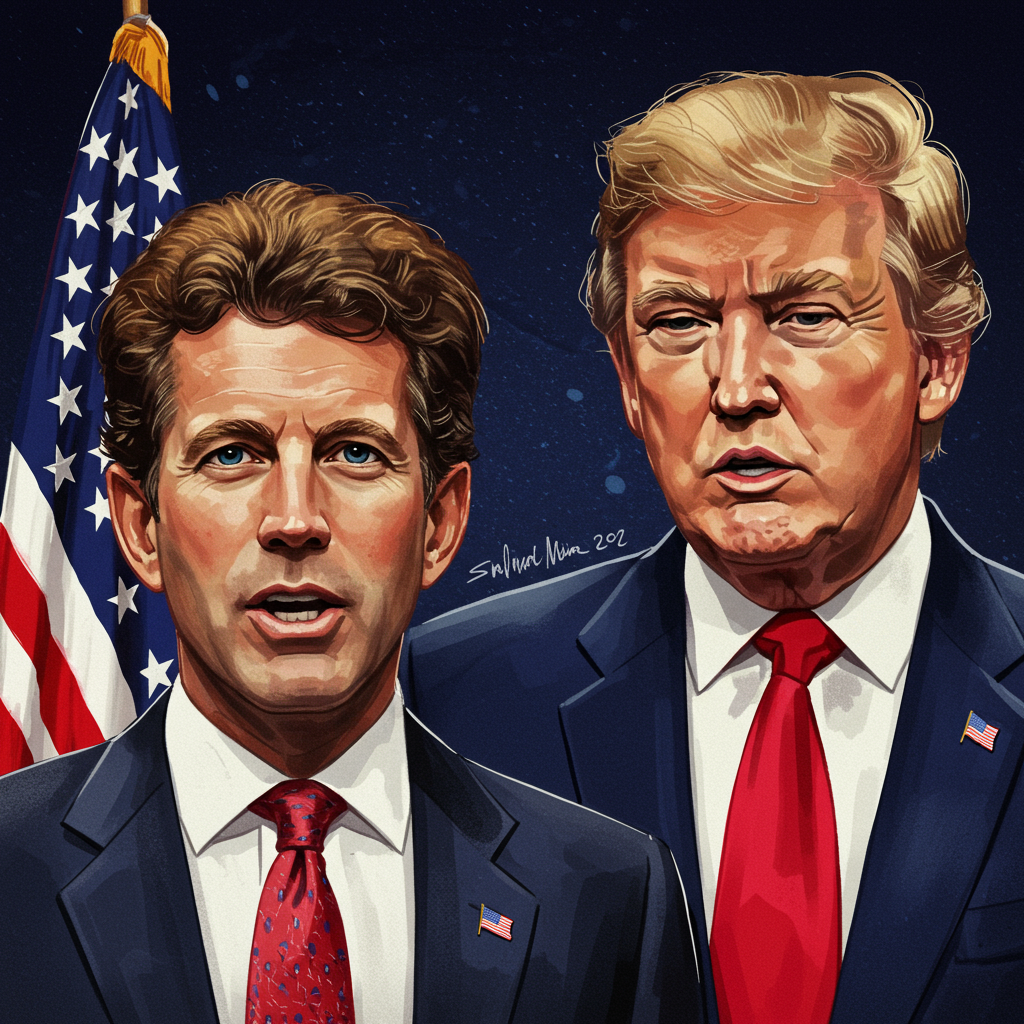A Marked Shift in Priorities at The Hague
At the recent NATO summit in The Hague, a notable shift occurred: Ukraine, the central focus of previous alliance gatherings amidst Russia’s ongoing invasion, appeared to slide down the agenda. While the war in Ukraine remains a critical security challenge for NATO, the summit’s dynamics were primarily shaped by the need to navigate the presence and priorities of President Donald Trump. This focus on keeping the U.S. leader satisfied largely shunted detailed discussions on Ukraine’s future and immediate needs to the sidelines.
Unlike past summits where Ukrainian President Volodymyr Zelenskyy was often the main event, this year saw him receive less prominent attention. The official declaration signed by NATO heads of state and government conspicuously omitted any mention of Ukraine’s aspiration to join the alliance, a significant departure from previous statements.
Trump’s Dominance and Demands
President Trump took center stage at The Hague, a venue fitting for his emphasis on individual nation contributions rather than collective security principles. Having long expressed skepticism about NATO, advocated for reduced reliance on U.S. military support, and shown admiration for Russian President Vladimir Putin, Trump’s presence dictated the summit’s tone and priorities.
The alliance’s primary objective, according to observers, seemed to be an “orchestrated grovel” aimed at appeasing Trump and reaffirming the U.S. commitment to the transatlantic alliance, particularly during his second term. The summit’s agenda was reportedly condensed and narrowed to emphasize issues central to Trump’s demands, most notably a push for NATO members to increase defense spending dramatically, potentially targeting 5% of GDP – a figure significantly higher than the previously agreed 2% goal. Alliance officials claimed a historic agreement on this 5% target was achieved, crediting Trump’s leadership, although the timeline for reaching this goal remains lengthy and uncertain, potentially stretching into the 2030s.
Issues that might be problematic or embarrassing for Trump, such as in-depth discussion of the Ukraine conflict’s nuances or the status of the Iranian nuclear threat following U.S. actions, were reportedly relegated. NATO Secretary General Mark Rutte and other leaders were noted for their efforts to flatter the U.S. President and keep potentially controversial topics off the main table.
Ukraine’s Reduced Profile
While the war was a constant backdrop, the official proceedings and communique reflected a reduced emphasis compared to the immediate aftermath of the invasion. Discussions were overshadowed by other matters, including Trump’s public statements regarding recent U.S. military actions in Iran and his announcement of a ceasefire agreement between Iran and Israel.
President Zelenskyy did meet with President Trump bilaterally. Described as “substantive” by Zelenskyy and polite by Trump, the 50-minute discussion notably failed to yield specific promises regarding peace talks or substantial new aid packages, beyond a non-committal statement from Trump about potentially making more Patriot air defense systems available (“very hard to get”). Zelenskyy reportedly shared the “facts of what is happening on the ground” and expressed hope for continued communication. Trump, for his part, stated he would speak with Putin to try and end the war, suggesting Putin wanted out.
The lack of a robust reaffirmation of Ukraine’s NATO membership path in the official communique was a stark signal, likely influenced by Trump’s long-standing skepticism on the matter and his previous statements, via his administration, that restoring Ukraine’s pre-2014 territory was “simply not realistic” and that Kyiv’s hopes of joining NATO had been “dashed.” Zelenskyy even reportedly adopted a black suit jacket for his meeting with Trump, a rare deviation from his military-style attire, perceived by some as an effort to avoid past friction with the U.S. President.
A Backdrop of European Anxiety
The Hague summit took place against a backdrop of increasing European anxiety regarding the sustainability and nature of U.S. support for Ukraine and European security under the current U.S. administration. Earlier emergency meetings among European leaders, such as one in Paris in February 2025, had already focused on the urgent need for Europe to bolster its own defense capabilities in anticipation of potentially declining U.S. involvement and a more transactional approach from Washington. The Munich Security Conference earlier in the year was described as a “wake-up call,” highlighting a perceived shift in Washington’s priorities and approach.
While some European leaders reaffirmed strong support for Ukraine and pledged new aid packages (like the UK’s commitment of air-defence missiles), the overarching dynamic at the NATO summit was dictated by the immediate goal of managing the U.S. relationship and preventing any major rupture, rather than forging bold new strategies for Ukraine or European defense independence.
Long-Term Challenges Remain Unresolved
Ultimately, while the summit may have succeeded in achieving the narrow aim of placating President Trump and maintaining a semblance of alliance unity in the short term, it did so at the cost of placing fundamental, long-term challenges on the back burner. Key issues remain unresolved:
Ukraine Aid and Peace: Uncertainty persists regarding sustained, robust military aid from the U.S. and the terms of any potential peace settlement, particularly given Trump’s stated desire for a quick resolution, which some fear could favor Russia.
Trump’s Unpredictability: Despite the choreographed summit, Trump’s impulsive nature and shifting policies remain a constant concern for allies.
Defense Spending Reality: The ambitious 5% spending target is a long-term goal, not immediate reality, and its feasibility and timeline are subject to considerable uncertainty.
European Self-Sufficiency: The imperative for European and Canadian nations to build their own viable collective defense system, less dependent on unpredictable U.S. leadership, is more evident than ever, but this remains a complex and difficult path forward.
The Hague summit, therefore, served less as a strategic planning session for the future of the alliance and the war in Ukraine, and more as a political exercise in navigating the immediate complexities posed by the leader of its most powerful member. For Ukraine, this meant a summit where its existential struggle, while acknowledged, was not the driving force.



